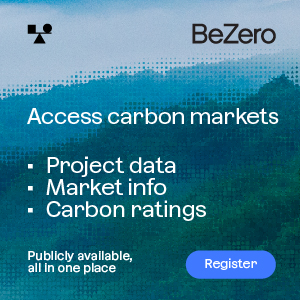The recent 40% collapse in EU carbon prices was triggered by worsening macroeconomic conditions, and exacerbated by speculative selling and changes in utility hedging strategies.
That’s according to a straw poll of at least 55 audience members taken by Louis Redshaw of Redshaw Advisors on Wednesday at the Argus Emissions Markets conference in Amsterdam.
During an interactive session – a sort of ‘EU carbon whodunit’ – investigating the causes of the recent drop in EUAs, which has sent prices to their lowest in nearly two years, Redshaw compiled a list of seven likely factors that may have contributed.
He then invited attendees to vote on what they thought was the trigger, the main reason behind the size of the drop, and the secondary cause.
Twenty-one people out of 58, or 36%, said they thought that gloomier global macroeconomic conditions, which have hit everything from crude oil prices to stock markets around the world, were to blame for triggering the EU carbon sell-off in early January.
Fourteen attendees pointed the finger at ‘speculative positioning’ as the trigger, while eight said that the emissions trading book closure at at least one company was the culprit.
In terms of the main cause of the crash, some 31 people, or more than half of those who participated, blamed speculators, while ‘changes in utility hedging strategies’, which Redshaw said also included power generators unwinding hedges or selling EUAs due to plant closures, ranked a distant second at 13 votes.
Attendees were most divided on the secondary reason for the drop, with 18 saying it was changes in utility hedging strategies, 11 citing a correlation to crude oil prices, and 10 blaming speculators.
Few voted for the other options, which included selling by cash-strapped industrial firms and unseasonably mild weather, while several audience members offered other reasons including higher renewables generation and fewer companies participating in the market.
Front-year EUA futures trading on ICE ended 2015 at €8.29, and plummeted by as much as 44% in the first six weeks of the year to hit a low of €4.62.
Most of the selling has been done on ICE’s screen-based contracts, meaning the identities of the biggest sellers are widely unknown.
By Mike Szabo – mike@carbon-pulse.com



